Before I was born, my grandparents traveled to Guerrero Negro in the mid-80s, taking my older brothers and cousin. My grandfather claims there was nothing there at the time, not even a motel, and they had to take a motor-home. They arrived late in the night and camped by the sea.
In the morning, my brothers, no more than 6 and 9 respectively, stepped outside to play. But they got distracted from their games, eyes catching something miraculous on the ocean waters. Mesmerized, they wander to the shore and stood there, gazing out at the wide blue waves. At first they were confused, saying, “Those are some odd looking boulders.”
Then they saw the tails. Quickly, they dragged our cousin and grandparents outside, shouting and pointing with child hands at the hundreds of grey whales passing by. This was the first tale I’d heard about Ojo de Liebre.

I hold my camera close to bright orange life jacket as the boat backs away from the dock, one of our guides pushing the bow off the rocky shore. Slowly, we slide back into the lagoon and, at the hum of the engine, swerve out over the blue lagoon waters. Zhang, one of my companions on this trip, is seated in the front with me. We both keep our phones up, filming our departure. With my free hand I use my main camera to quickly take photos of the surrounding sand bars, adjusting the focus and zoom with the tips of my fingers.
A few thin clouds dot the light blue sky and the waters are calm but for the spray of our boat, making it a near perfect day, as our guide puts it. He informs us, over the engine, that he takes visitors out to the lagoon whatever the weather, be it windy or rainy.
“Rarely, he tells us, does it get stormy enough to cancel departures. At worst, you’ll get a little wet, but it’s worth it to see the whales.”
Before entering the main part of the lagoon, we swerve around a massive cargo ship used for transporting salt from the nearby mine worldwide. Beside the boat stand two metal buoys jutting about 10 feet from the water and, lazily sunbathing atop of them, a colony of sea lions. Our guide takes some time to circle them, granting us plenty of photo opportunities, which we take advantage of.
“Sometimes,” he says, “You get to see them dive off, but its even better watching them try and get up there!”
Just a little past our tanning friends we find a tall tower. Arching our necks and squinting through the sun, we find a pair of ospreys nesting atop it, branches and twigs sticking off the tower’s roof. We’d seen similar nests before on the drive up on top of telephone poles. They hardly acknowledge us, sharp eyes aimed on the horizon.
Leaving them behind, we enter the bulk of the lagoon. At 45 km wide and 9 km long, there’s plenty of wide open water for us to see. On either side are the white, sandy beaches that form the edge to the Guerrero Negro salt flats, and before us the mouth to the Pacific Ocean. Far into the distance we spot another boat crossing the lagoon, but otherwise the area is empty.
Our first sign of life comes not from a whale, but something unexpected. I spot them bob just to my right, only maybe 10 feet from the boat, and have my camera up and shooting before word left my mouth.
“Dolphins!”
Our group quickly shuffles from either side as we wave our phones and cameras around, trying to catch even a glimpse of them. Our guide slows the boat to a crawl to give us more time with them. Hardly shy, the blue skinned animals swim around our boat for a few minutes, poking their fins our before disappearing swiftly.
After passing these playful gate guardians, we head to the center of the lagoon, our guide expertly navigating us to our first find. At first, we only see the soft spray as they come up for air. Then, as we got closer, we see them – or at least a part of them.
Their skin is just a shade darker than the water and the white barnacles on their sides helped them stand out. Before departing, our guide explained that the females were on average 45 feet long, about the size of the bus we road in on! We could only see the tips of their heads from the boat, but just a small glimpse of them caused our imaginations to run wild. It quickly dawns on me, as I hide behind my camera lens, that I’m only seeing a fraction of the 45 ton whale in front of me, the rest hidden beneath the ocean surface.
And there are over 20,000 of them in the lagoon.
Added to the mass of full grown whales circling the lagoon are the newborns birthed and raised swimming alongside their mothers, the reason they’re here in the first place.
During Autumn the whales begin their migration south from their arctic feeding grounds to the warm waters of Baja and, most importantly, the sanctuary of Ojo de Liebre. These shallow waters are perfect for nursing their young and preparing them for the journey back north, which can be treacherous as the deeper ocean allows their main predator, orcas, to feed on the calves. But here, in Ojo de Liebre, the water is just shallow enough to provide shelter from the orcas, who prefer the deeper parts of the ocean.
The real treat is not simply the mass of whales living here, but their behavior. Because of the increase in tourism to this area, the whales are in no way intimidated by humans. In fact, mother whales encourage calves to get close to boats, even pushing them forward at times. This is one of the few areas where tourists can reach out and touch a grey whale!
Thus, from January to April, this lagoon provides the ultimate whale watching experience.
This is our hope, of course.
We cross from either side of the lagoon multiple times, passing the boat we spotted earlier and, to our delight, dozens of whales. There are plenty of calves trailing alongside their mothers, their small – however small 7 meters is – heads poking out above the waves. There are a few lone whales who surface beside us and, in one instance, we found a couple mating. We gave them a wide berth, safely watching from a distance as they rise and fall.
The real treat is when we catch a mother and her calf alone. Our guide slows the boat to a crawl alongside them, careful not to scare them. We quietly watch from 25 feet, our boat bobbing to the small waves the whales send to us, hoping they’ll come closer.
“She’s a little shy,” says our guide, pointing at the calf. “Mama’s just giving her a push.”
The lagoon is quiet except for the shutter of my camera lens. I dread that it’s ruining the mood, but I can’t stop. Aquariums can get you “close” to the whales, but the wall of glass feels like miles, like you’re watching a movie. Here, even at a couple dozen feet away, these animals seem so close to us.
Sadly, the newborn is a bit too shy to come any closer. That doesn’t mean the end of our trip though, and we continue through the lagoon, getting as close as possible to these amazing animals. The full trip, we’re told, is 3 hours long, but as we’re running on a tight schedule we have to cut ours down to an hour. Nonetheless, we spot more than 50 whales and newborns!
On our way back, we say goodbye to our tanning buddies by the cargo ship and wave at the oblivious ospreys. The dolphins hide from us this time, but we do get another surprise.
Everyone hears stories of ducks, geese, and other feathery friends departing south for winter, but seeing it up close is another reality. Just before reaching the last stretch to the dock, we happened upon flock of ducks. Most would think of a flock as a dozen or more that you see flying in a V-formation.
This flock numbered well into the hundreds.

Among them seagulls, pelicans, and plenty of other birds waded in the lagoon, snacking on the plentiful algae. Our boat slowed as they parted before us and we gradually crawled through the mass of feathers. They made no rush to move, fluttering and squawking around us, and we had no interest in rushing them. Our cameras scanned the horizon, soaking in the clear skies and calm waters, unable – unwilling – to let this near perfect day leave our memories.
Take the full Baja Whale Watching Experience yourself on an exclusive Tours4fun tour and see even more whales as we enter the peak season!

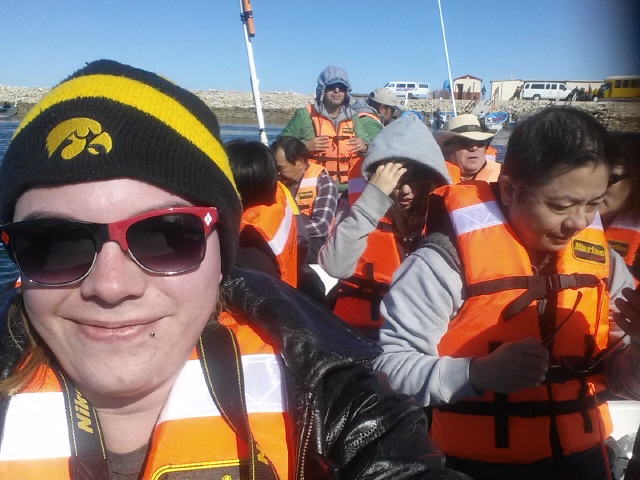
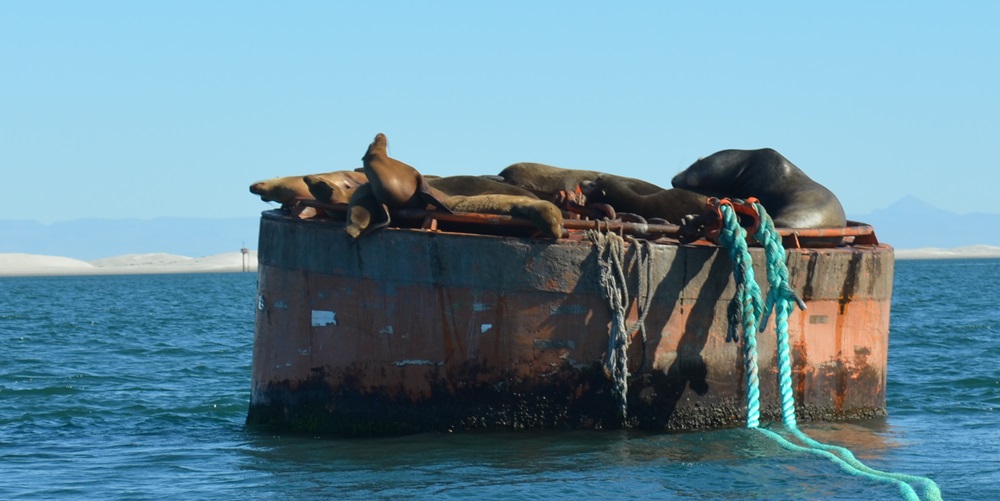
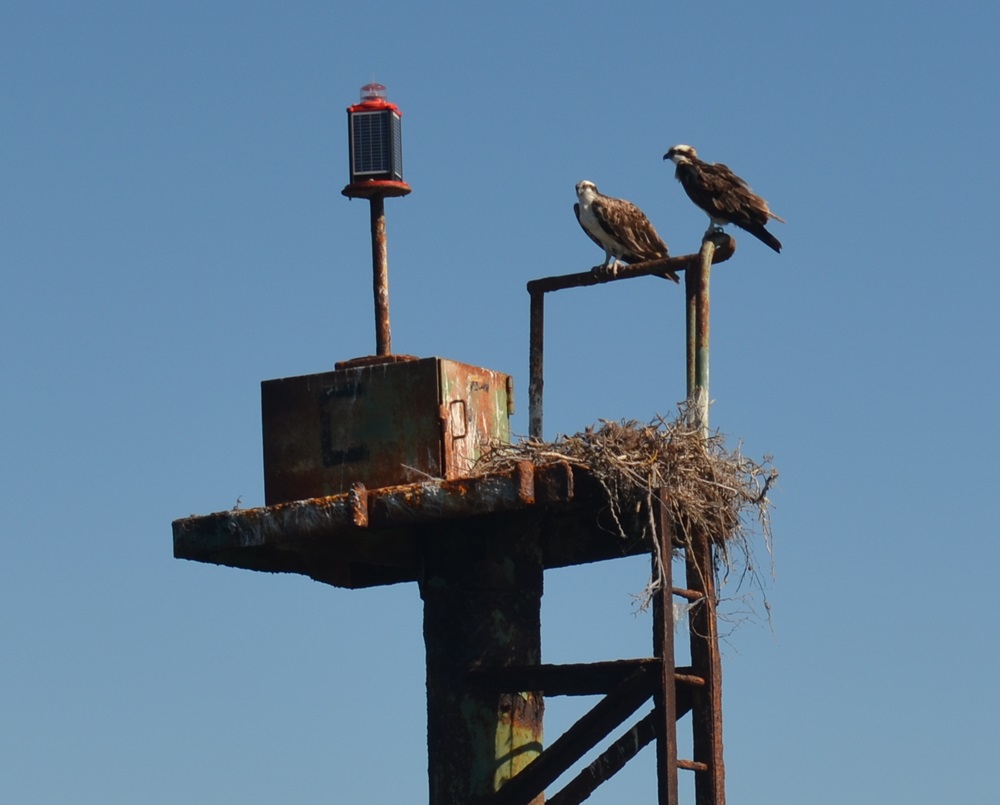
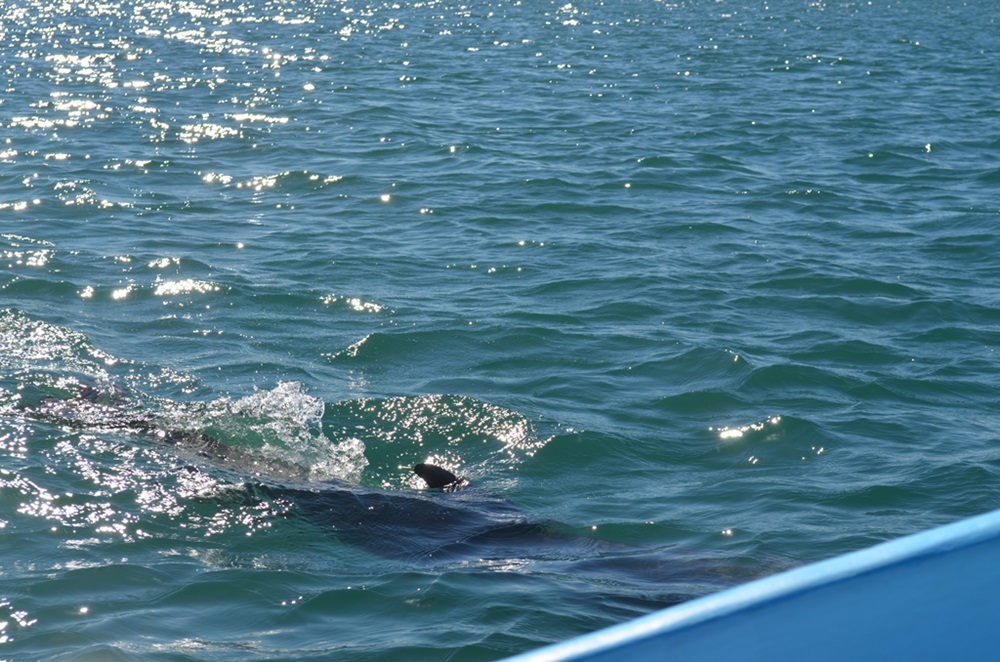

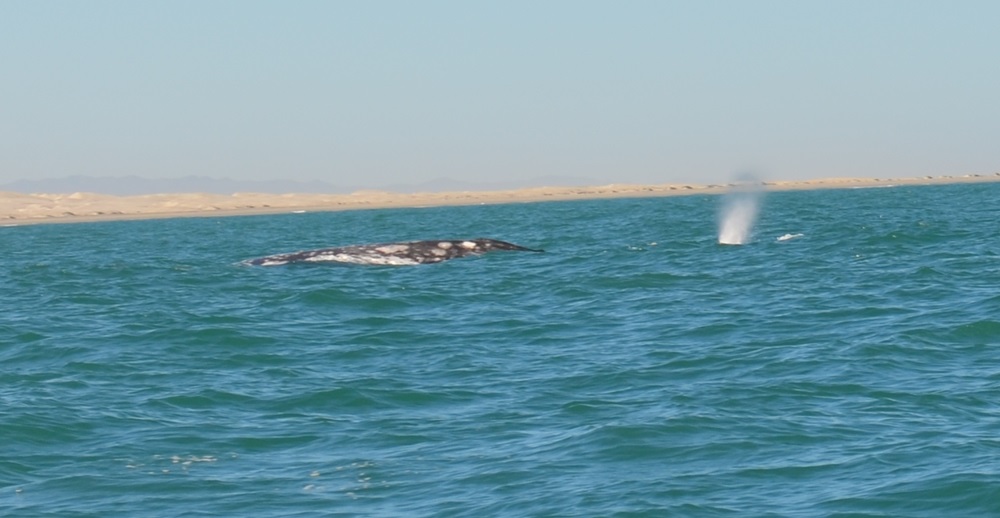
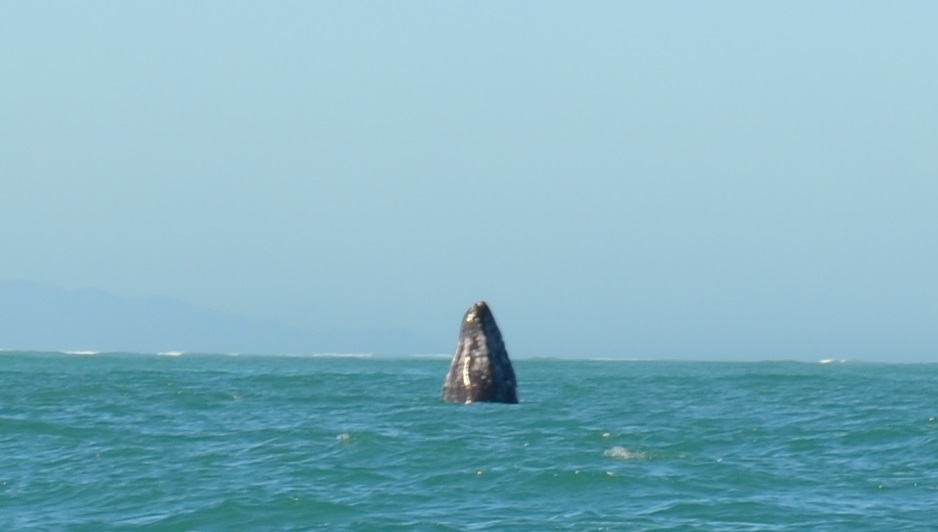


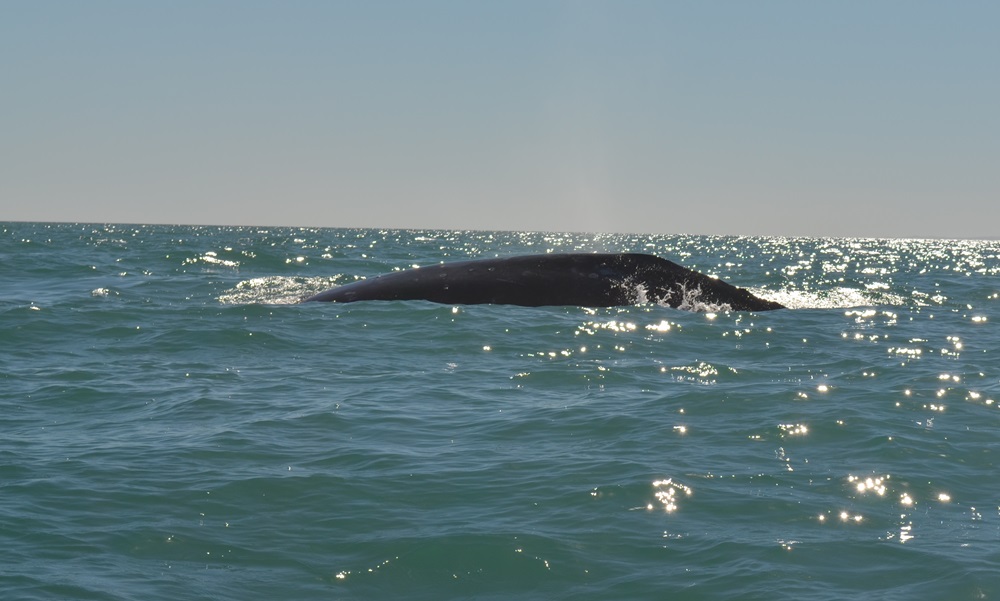
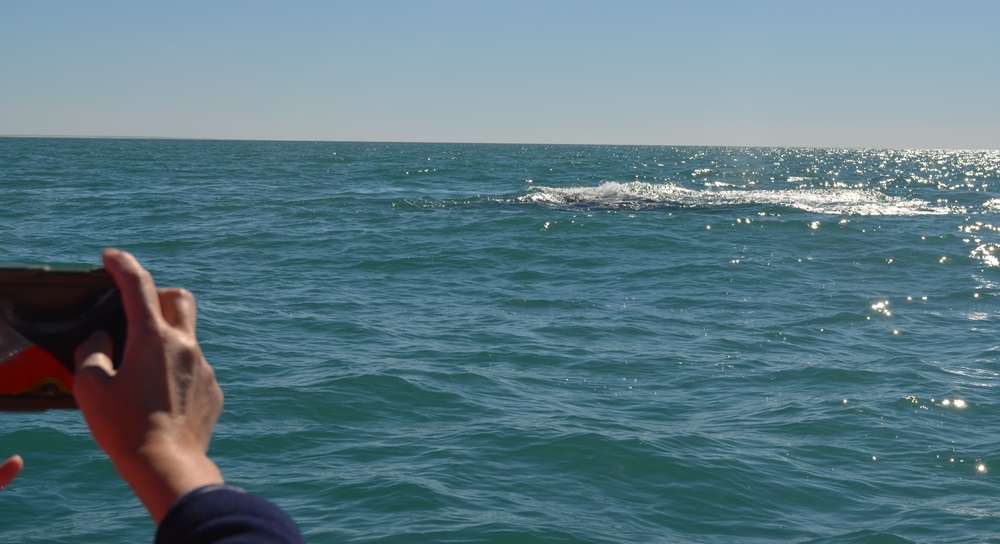





There are no comments.